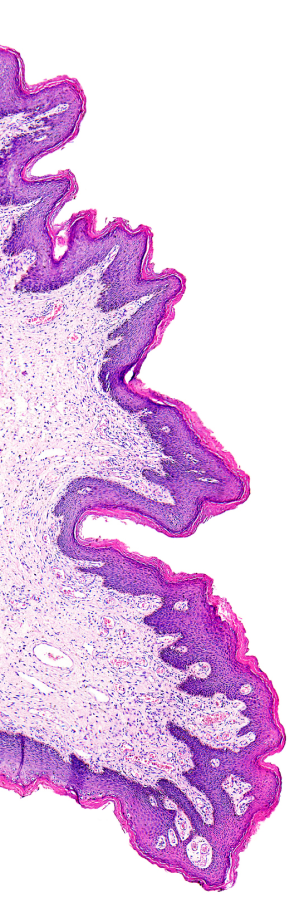

Image Management and LIS Integration — A Comprehensive Package for Improved Case Review
Eric Wirch and Robin Weisburger
Access to healthcare services is in the midst of a fundamental change. Independent community hospitals and academic health centers are consolidating into larger networks across the nation. Furthermore, these networks are also developing global affiliations and partnerships to increase access to diagnostic care worldwide. As a result, patient point-of-service, laboratory services and the professional review of a case may exist in independent locations, sometimes spread over large geographic distances. Pathology department transformations embody this shift.
To provide a comprehensive surgical case review, pathologists need access to the patient’s clinical data, history, relevant ancillary test results, and, of course, their pathology slides. While electronic health records (EHR) and laboratory information systems (LIS) provide much of this data, accessibility and portability of the surgical pathology slides still remains a challenge.
Digital pathology offers a solution, by providing pathologists access to their patient’s slides from any location using whole slide images (WSIs). However, pathologists need the patient’s clinical data and WSIs integrated into a single system. Separate systems are not only cumbersome, but they are more prone to error.
The IHE PaLM (Integrating the Healthcare Enterprise, Pathology and Laboratory Medicine) group is looking to improve the way systems share healthcare information and to address workflows and integration of digital data with the LIS.1 While there has been progress, development and adoption of these practices are still in the planning and standardization phase, and full implementation is on the horizon.
A more immediate solution lies with pathology Image Management System (IMS) and Review Software that brings together the case data and associated WSIs into a workflow platform. A singular platform provides access to all of the resources needed to make a comprehensive diagnosis. The IMS can store, retrieve and manage both the images and their associated metadata. When integrated with the LIS, a digital case is created retaining the pathologist’s annotations, interpretations and even the results of quantitative tissue analyses in one easily accessible system.
An ideal workflow would be automatic; scanning a slide would trigger the retrieval of patient and case data from the LIS. This synchronization automatically creates a reviewable case in the IMS, complete with everything needed to interpret the case at the pathologist’s fingertips.
Corista’s Digital Pathology Processing Platform (DP3®) is an IMS and Review solution. DP3 views the WSIs from any open system scanner and provides clinical workflow options that can be customized to a pathology laboratory’s specific needs. By integrating DP3 with the LIS, all of the patient data, case information and slide, gross and frozen images are in one system, streamlining the pathologist’s workflow.
When a slide is scanned, DP3 reads the barcode, requesting the corresponding case data from the LIS. Additionally, the LIS creates the hyperlink for image data based on the metadata contained within the slide’s barcode. The resulting hyperlink can be embedded in the LIS worklist for the pathologist, enabling access from within the LIS to WSI, gross, frozen images.
Further integrating analytics platforms, such as Visiopharm, Indica Labs or internally developed algorithms within their practice, the pathologist has access to the algorithms that provide a quantitative or pre-screening analysis of the image, all from within DP3 and the integrated application suite. DP3 displays and manages the results of these analyses, including both quantitative and overlay images, for future reference. The opinion and interpretive data can then be synchronized with both the LIS and EHR to complete the review and provide the results back to the care provider.
Proper integration between the LIS and the IMS brings everything the pathologist needs to make a comprehensive diagnosis into a single, cohesive system. The pathologist and diagnostic team are provided with a complete view of the patient’s case from anywhere in the healthcare network or anywhere across the globe.
- Pathology and Laboratory Medicine (PaLM) https://wiki.ihe.net/index.php/Pathology_and_Laboratory_Medicine_(PaLM)
